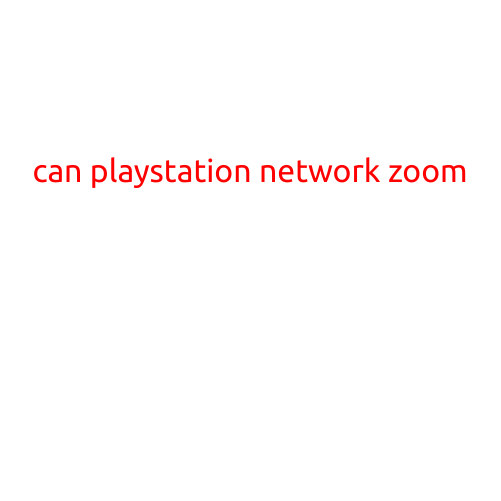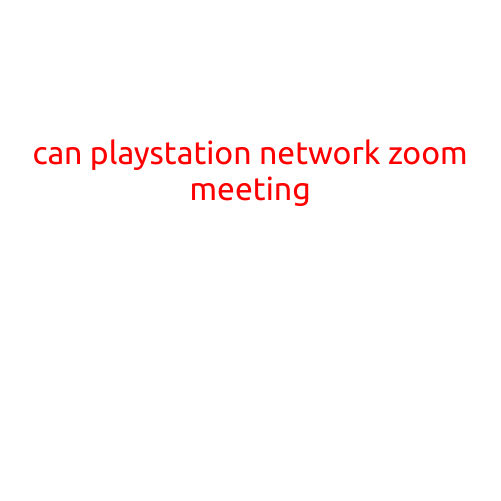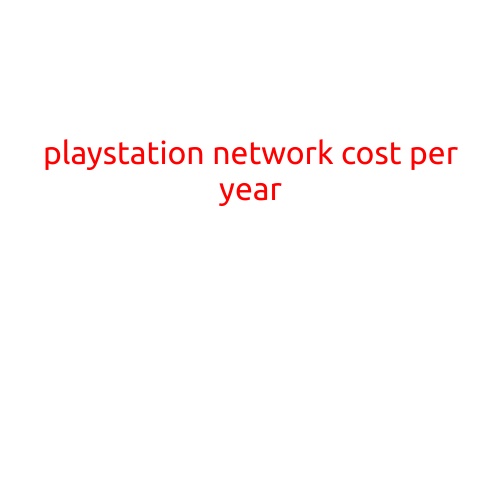
How the PlayStation Network is Working
The PlayStation Network (PSN) is a central hub for gamers worldwide, providing access to a vast library of games, movies, and entertainment services. As a key component of the PlayStation ecosystem, the PSN relies on a complex infrastructure to ensure seamless connectivity, smooth gameplay, and reliable data transfer. In this article, we’ll delve into the inner workings of the PSN, exploring its key components, functionality, and the processes that make it tick.
Network Architecture
The PSN is a distributed network comprising multiple data centers, servers, and nodes, strategically located across the globe. The architecture is designed to ensure scalability, redundancy, and high availability. Each data center is equipped with powerful servers, storage systems, and networking equipment, providing a robust foundation for the network.
Authentication and Authorization
When a user attempts to log in to the PSN, the following process occurs:
- Login: The user enters their username and password on the PlayStation console or PlayStation website.
- Authentication: The PSN server verifies the username and password through a secure authentication protocol, such as OAuth.
- Authorization: If the credentials are valid, the PSN server grants access to the user’s account, allowing them to browse and access available content.
- Session Establishment: The PSN server establishes a secure session with the user’s console or browser, enabling communication between the two.
Content Delivery
The PSN utilizes a combination of content delivery networks (CDNs) and peer-to-peer (P2P) technology to distribute games, demos, and other content to users. Here’s how it works:
- Content Origination: Game developers and publishers upload their content to the PSN’s central servers.
- CDN Distribution: The content is distributed to CDNs located near the user’s geographic location, reducing latency and improving download speeds.
- P2P Networking: When a user attempts to download or stream content, the PSN matches them with a peer who has already downloaded the same content. This peer-assisted networking enables faster downloads and reduces the load on the central servers.
- Content Streaming: For streaming content, the PSN uses Real-Time Messaging Protocol (RTMP) to establish a connection between the user’s console and the PSN server.
Game Server Infrastructure
The PSN relies on a network of game servers, which are responsible for hosting online gaming sessions. These servers are responsible for:
- Game Logic: Processing game logic, including physics, AI, and character movements.
- Data Storage: Storing game state, player data, and other relevant information.
- Connection Management: Managing connections between players, ensuring smooth matchmaking, and handling disconnections.
Maintenance and Monitoring
To ensure the PSN remains stable and secure, Sony employs a team of engineers and operators who:
- Monitor: Monitely the network for performance, latency, and availability, detecting potential issues before they escalate.
- Troubleshoot: Troubleshoot issues and perform maintenance tasks, such as software updates and server maintenance.
- Urgent Fixes: Implement urgent fixes for critical issues, ensuring minimal downtime and minimal impact on users.
Conclusion
The PlayStation Network is a complex system that relies on a combination of cutting-edge technology, robust infrastructure, and dedicated support. By understanding how the PSN works, gamers can better appreciate the efforts that go into maintaining a seamless and enjoyable gaming experience. Whether you’re a hardcore gamer or a casual player, the PSN is designed to provide a unified platform for entertainment, socializing, and gaming – all while ensuring a secure and reliable environment for users.





